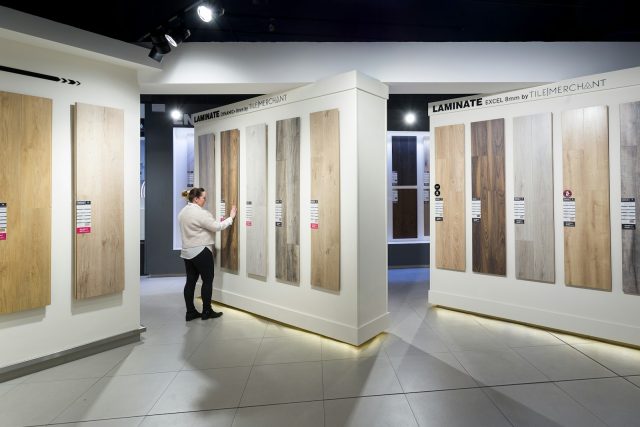
The consumer research industry relies on strategies that capture audience reactions and preferences. One often overlooked factor in this process is display technology, which plays a major role in shaping meaningful engagement in focus rooms. How participants interpret products depends on factors like clarity, color accuracy, and overall visual quality—elements that directly influence their feedback and decisions.
When display quality is optimized, it improves participant perception in ways that go beyond visuals. Effective display testing helps identify potential issues before they affect research outcomes. Addressing common display-related challenges strengthens the accuracy of research and enhances the depth of consumer feedback, leading to better product development and marketing strategies.
How Display Precision Shapes Participant Perception
Sharp, vibrant visuals help participants connect with products on a deeper level. High image clarity allows them to notice details that might otherwise go overlooked, strengthening their impressions and emotional connections. Accurate color representation makes products more visually appealing and memorable, which can positively impact purchasing decisions.
Memory recall also improves with high-quality visuals. When participants engage with sharp, well-calibrated images, they are more likely to remember specific product features. This strengthens their opinions and influences their recommendations. Investing in premium display technology helps solidify these connections, leading to more reliable consumer insights.
Key Display Metrics That Directly Impact Data Integrity
Resolution, color accuracy, and brightness play key roles in how viewers interpret visuals. High-resolution screens reveal finer details, helping participants see product features more clearly. Proper color settings prevent distortions, making sure hues look as intended. Brightness improves visibility, keeping content engaging in different lighting conditions.
Consistently maintaining these metrics leads to more accurate evaluations. When displays perform at their best, participants can focus on the product itself rather than being distracted by visual inconsistencies like washed-out colors or pixelation. Regularly checking display specifications, such as contrast ratio and refresh rate, helps keep research findings reliable.
Optimizing Large Focus Rooms for Visual Accuracy in Collaborative Research
Room layout plays a major role in achieving visual accuracy in large focus groups. Screen placement and viewing distance should be carefully arranged to minimize distortions caused by poor angles or seating positions. Adjustable seating and tiered arrangements can help provide every participant with a clear, unobstructed view of the display.
Synchronizing multiple screens can enhance group research sessions, especially when analyzing large or complex visuals. A seamless multi-screen setup allows for consistent display testing, helping all participants view the same content at the same time, keeping feedback consistent. Interactive tools that allow participants to annotate or adjust displayed content in real time can further improve engagement.
Avoiding Common Display Issues That Distort Research Results
Calibration errors and pixel distortion can lead to inaccurate research outcomes. Poorly calibrated screens can misrepresent colors, distorting participants’ perceptions and affecting their feedback. Pixel distortion can create distracting artifacts that pull attention away from essential product details. These visual inconsistencies can make it harder for participants to provide genuine, informed responses.
Glare is another common issue that can reduce the effectiveness of display technology. Excessive glare forces participants to strain their eyes, making it harder to focus on the content, especially when natural light reflects off glossy screens. Regular maintenance and quick repairs, such as using anti-glare screen protectors or adjusting room lighting, help prevent these problems, allowing for a smoother and more reliable research experience.
Using High-Quality Displays to Improve Consumer Details
Advanced displays do more than just showcase products—they also help researchers capture valuable feedback. High-resolution screens make it easier to observe subtle participant reactions, including facial expressions and body language. These non-verbal cues often reveal emotions that participants might not openly express, providing deeper details into consumer preferences.
Real-time data collection is another major benefit. Display-driven research allows teams to adjust product elements on the spot based on immediate participant reactions, such as tweaking packaging design or color schemes in response to initial impressions. This leads to more precise marketing strategies and better product refinement.
Better display quality makes consumer research more accurate and engaging. Sharp visuals help participants notice details, remember products, and form stronger opinions. Good resolution, color accuracy, and brightness keep feedback honest by preventing distorted perceptions. Smart room layouts and synced screens make focus groups run smoother, giving everyone a clear view. Fixing issues like glare and poor calibration avoids distractions that can throw off results. Upgrading to high-quality displays helps researchers capture real reactions, leading to better product improvements and marketing decisions based on what people actually see and feel.










